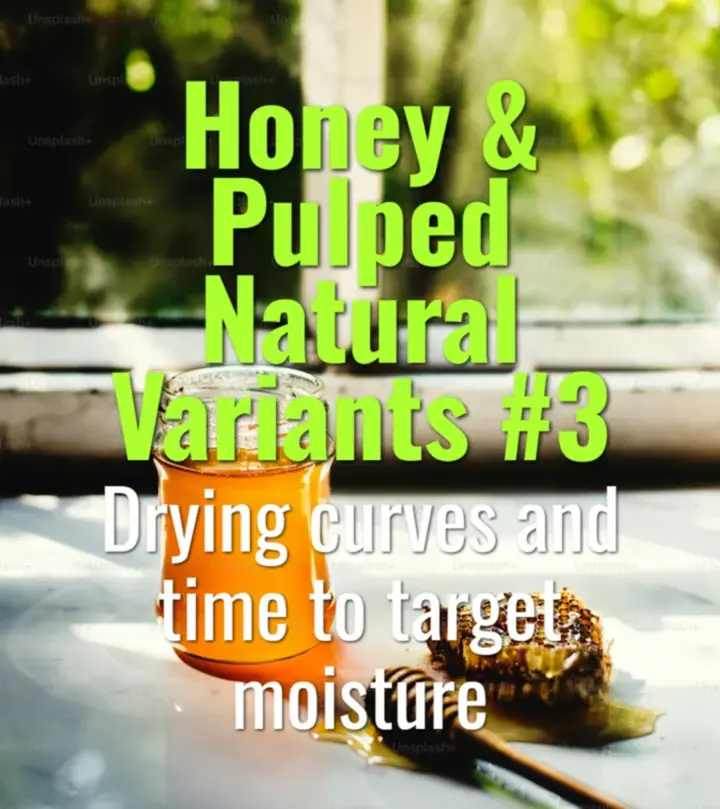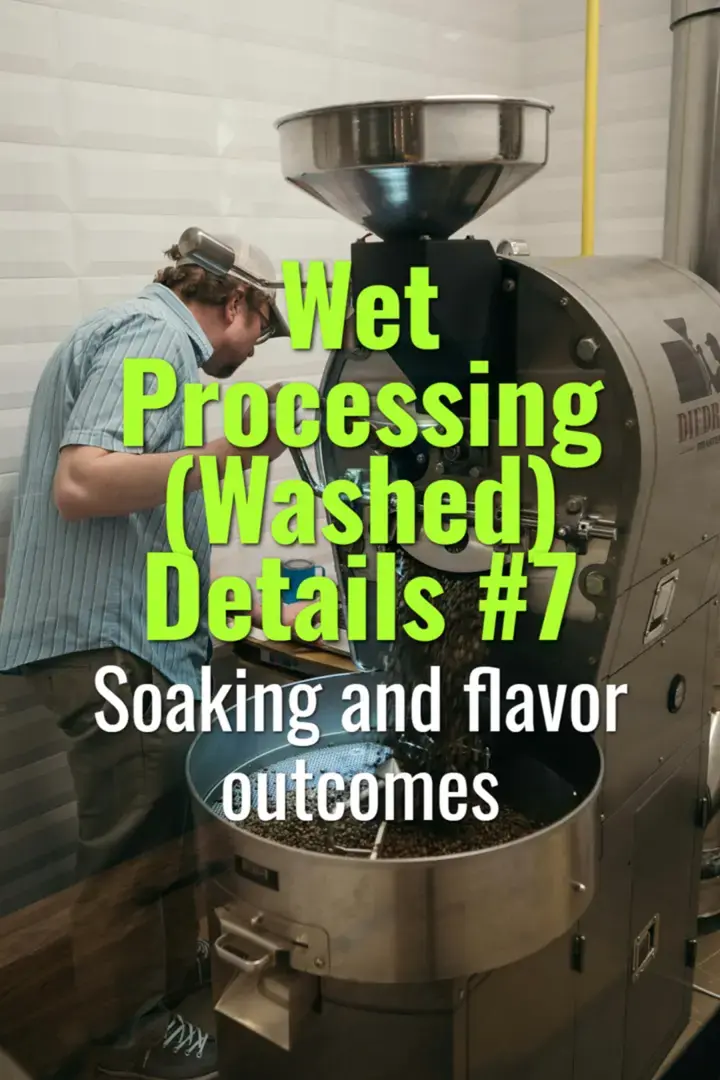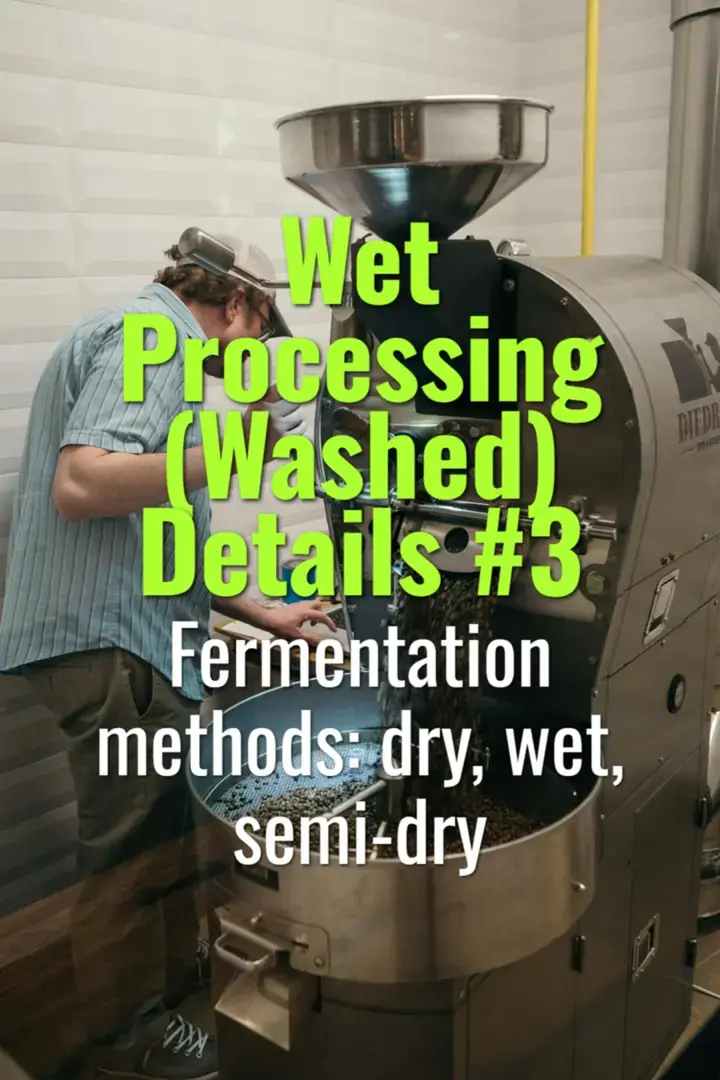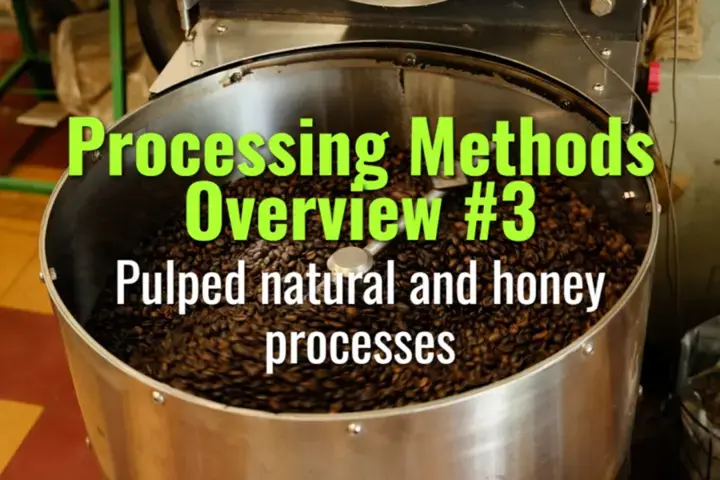
Drying curves and time to target moisture
This topic explains drying curves in honey and pulped natural processes, how time to reach target moisture is managed, and why controlled drying is essential for flavor and stability.

This topic explains drying curves in honey and pulped natural processes, how time to reach target moisture is managed, and why controlled drying is essential for flavor and stability.

This topic explains the practice of soaking coffee after fermentation, why some origins use it, and how it affects flavor, cleanliness, and consistency in washed coffee profiles.

This topic explains how washing channels and density separation are used in washed coffee processing to remove defects, improve uniformity, and enhance final cup quality.

This topic explains the three main fermentation methods used in washed coffee—dry, wet, and semi-dry—how they differ, their effects on processing efficiency, and their influence on flavor outcomes.

This topic explains the first steps in washed coffee processing—cherry reception and flotation sorting—detailing how farmers ensure only ripe, quality cherries move forward in the process.

This topic explains the pulped natural and honey processing methods—hybrids of washed and natural approaches—highlighting their steps, flavor outcomes, and significance in specialty coffee.